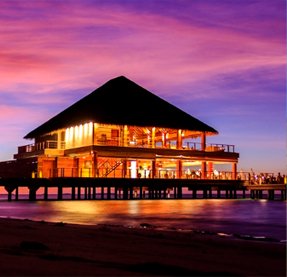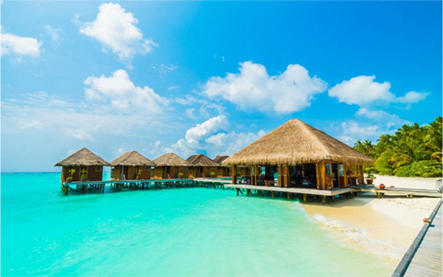Select Date and Package Type
Select Number of Rooms & Travellers [04 Travellers]
Select Number of Vehicle & type of vehicle
Recomended Vehicle
Other Vehicle
Options
Extra Services
Options
Total Basic Costs
Standard Package starting 5th July 2018 for 04 Traveller + Vehicle name (1 number)
-
2 Adults ( INR 45999/Per Person )
-
Child 01 ( Infant 0-2 Years : INR 13999 )
-
Child 02 ( Child with Bed : INR 41999 )
INR 1,74,996
Extra Services
-
Hot Ballon ( INR 16000/Per Person )
-
Camel Safari ( INR 1200/Per Person )
INR 45,996
GST
INR 8,333
Grand Total
INR 2,02,325
















